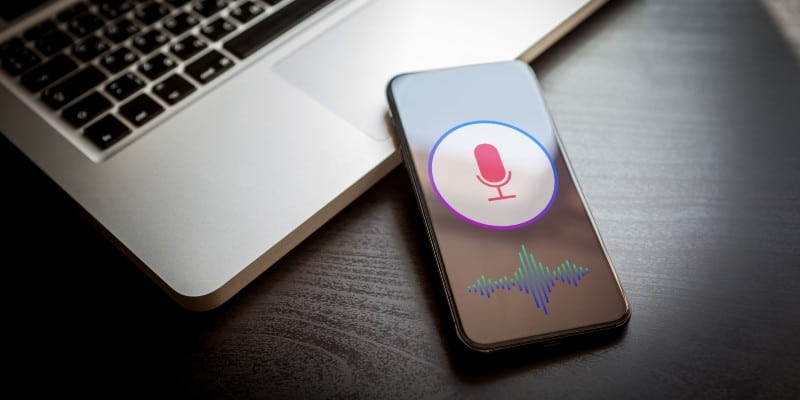In a pinch to capture high quality, usable sound for your next YouTube videos, just use iPhone.
We’ve been doing a lot of Zoom everything at MMC recently. In the video world that often means coaching clients to create the shots for you.
Most folks can handle the basics.
Setting the scene
Creating a three-point lighting set-up
Placing the camera at a favorable angle
But it’s clear that not all aspects of filmmaking are equal in the public mind. People innately understand what is and is not a good looking shot. However on first listen, realizing how an audio recording sounds can be challenging. It can be impossible to tell quality audio coming out of a phone or computer speaker, even to a seasoned listener. The fact that we are broadcasting and recording over Zoom adds another nasty layer to the aural mess, digital compression. Compression is an algorithmic process that creates a smaller file size for the recording by eliminating redundant sounds, effectively shaving off the high and low ends of a recording, and any duplicate tones within. I could show you audiophile graphs and scientific proofs to demonstrate this, but it essentially boils down to this: compressed audio recordings are going to sound thinner, and worse than lossless (or non-compressed) recordings. This is the same principal that is used to explain why vinyl records sound better, warmer, and more lifelike than downloads from iTunes or streaming music on Spotify.
Most folks think a professional microphone is way out of the budget for marketing, and they are definitively correct. However what people do not realize is that they already have a serviceable microphone right in their pocket. Apple’s iPhone has the capability to record and share fully lossless audio from their built-in app, Voice Memos. Google Play offers a similar capability with apps from their marketplace. Instead of fooling with recording a compressed mess from your Zoom meeting, I have found it best to have the client to record the whole filming session, and then we synchronize the audio and video in post-production using Adobe Premiere Pro. Synchronization only takes a few clicks in Premiere. Read how to synchronize your own audio here.
Suddenly, MMC’s virtual stars sounded a lot less like Lina Lamont in ‘Singing in the Rain’ and more like they were recording in a proper studio. This makes our clients happy, and it makes my ears even happier.
This post is courtesy of MMC Media Production Manager Avery Lane

